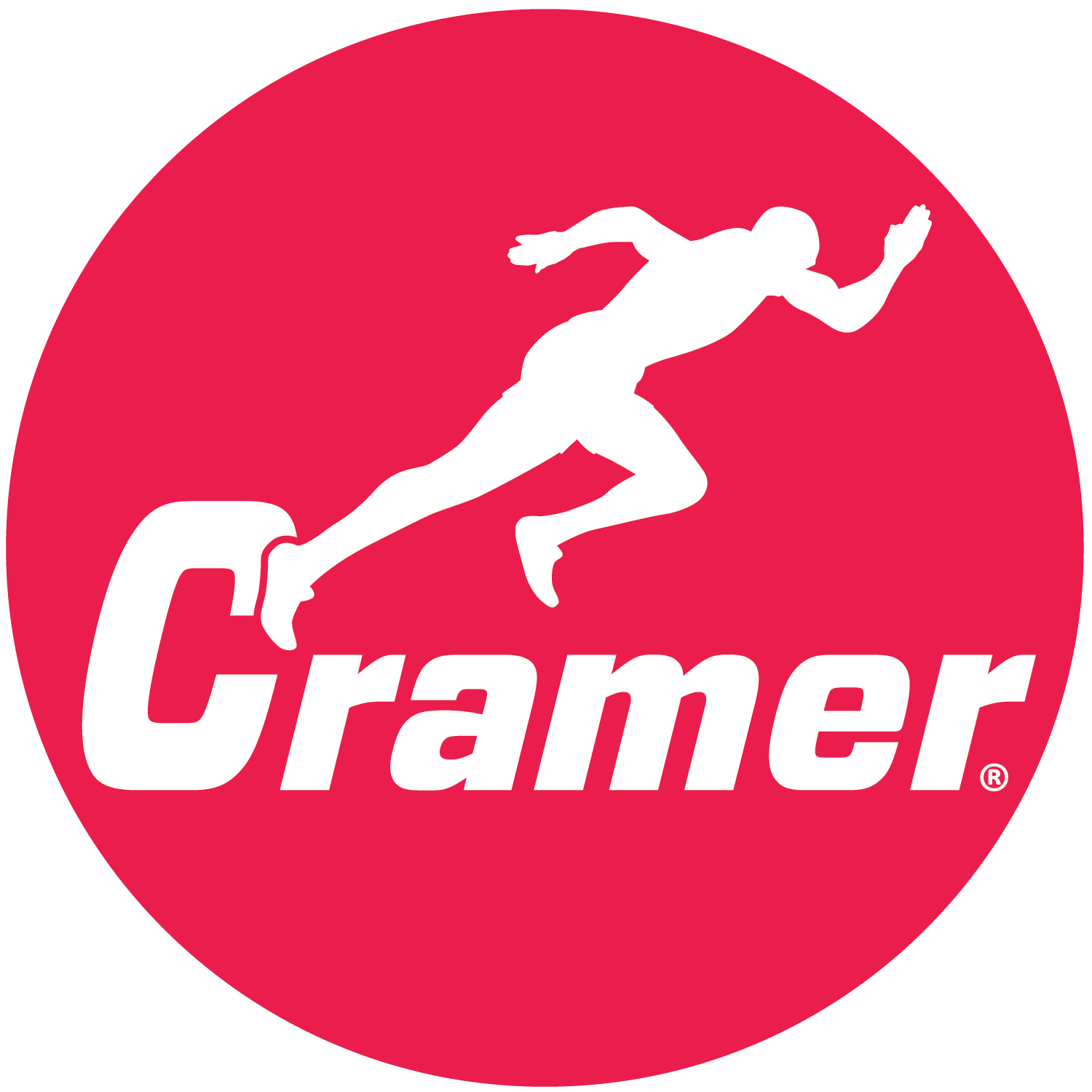
Welcome to this special 100th anniversary commemorative issue! While Cramer Chemicals started in 1918, the First Aider inaugural issue premiered in 1932. Since then, we’ve seen a lot of changes in the athletic trainer profession…from treatments to products to athletes’ expectations. We recognize that change is constant but some change is good and some not so good. In this issue, we’re tackling some of the changes that are being debated today, i.e., to ice or not to ice. In a few of the articles, we’re referencing a recent survey that was e-mailed to our First Aider subscribers in late April. We had over 450 participants (thank you!) who shared their input on the icing question as well as ankle bracing, modalities and kinesiology taping.
Please share this e-newsletter with your students and encourage them to subscribe by visiting http://www.cramersportsmed.com and click on the newsletter signup at the bottom of the home page. Read More
Since Chuck and Frank Cramer helped establish the NATA in 1950, we thought it only fitting this year to play a big part in this year’s NATA Annual Clinical Symposium and Athletic Trainer Expo! It’s in New Orleans this year, June 26-29.
We’re sponsoring the NATA Welcome Reception that will be held at Mardi World Tuesday, June 26, 2018, from 6:30pm-8:00pm. All NATA registered attendees are invited to join us to kick off the week and celebrate with Cramer. And that’s not all! Read More
We asked several members of the 2017-18 Advisory Council for their perspective on where our profession is heading. Not surprisingly, their answers underscore the need for the profession to be nimble and responsive to the ever-changing needs of the athlete, the organizations they serve and the general public.
Ice has gotten a bad rap recently. Anti-ice proponents have stated that “icing doesn’t work,” and ice has “never been proven effective.” Such statements are biased, inaccurate, and just plain wrong. Unfortunately, these claims have done nothing but create confusion and even anger. It’s easy to make these statements by looking at a few selected studies that support the anti-ice position while ignoring the hundreds of other studies on the benefits of cryotherapy.
The good thing about the anti-ice movement is that it makes us take a step back and re-evaluate the clinical decisions we make—and why we make them. Are they based on “tradition” or evidence? This article will help you understand the facts about ice to help YOU make the decision whether to use ice or not. Read More
According to a 2017 study [1], lateral ankle sprains were the most common injury in US college student athletes, with men’s and women’s basketball having the highest rates. In addition, the authors reported that athletes were 3 times more likely to sprain their ankle in competition compared to practice, although most ankle sprains occurred during practice. Researchers [2, 3] have also reported that athletes were 2 to 3 times more likely to sprain their ankle when not wearing an ankle brace. Several systematic reviews confirm that ankle braces can prevent recurrent ankle sprains [4-6].
Despite these facts, ankle bracing remains a controversial topic. Some believe that ankle bracing may impair performance or even increase injuries! There is so much information out there. Athletes, coaches, parents, and athletic trainers often want to know, “Should we wear ankle braces?” And if the answer is “yes,” the daunting task of choosing the appropriate brace begins.
First, we need to address some myths about ankle bracing. Let’s start with the facts: Read More
In recent years, therapeutic modalities have become a controversial topic. Some of the criticisms are valid and have caused us to rethink how we use these interventions, while others are examples of generalizations that are not evidence-based. The largest criticism of therapeutic modalities is when they are used as passive stand-alone treatments. Clinical experience and the research have indeed demonstrated limited value when therapeutic modalities are not appropriately integrated into a comprehensive treatment plan. The focus of this article is to demonstrate an evidence-based approach to neuromuscular electrical stimulation (NMES) as an addition to standard care for post-operative quadriceps inhibition and weakness.
Read More
In a survey of about 450 First Aider readers, just over half said they used kinesiology tape, primarily for pain relief, while 12% used it for performance enhancement. Kinesiology tape has been popularized by high profile athletes wearing tape on TV and in photos throughout the internet. Unfortunately, some athletes simply wear the tape just to advertise a specific brand, which ultimately adds to questions of its efficacy.
Does kinesiology tape work? YES. It has been shown effective at reducing chronic musculoskeletal pain lasting longer than 4 weeks [1] when compared to minimal interventions (ice, education, etc). As with any treatment, it doesn’t work on everyone, and is only part of the overall treatment plan. Kinesiology tape should be an adjunct to other evidence-based treatments such as therapeutic exercise. Read More
When Frank and Chuck Cramer started the Cramer Chemical Co. in 1918, they couldn’t have imagined that the liniment whipped up in their mother’s kitchen would ultimately launch the profession of athletic training and the sports medicine industry—but that’s just what it did. Read More
Experience, as we all know, is a great teacher. And those who have learned from experience are great teachers as well! With that in mind, we asked the elite athletic trainers on Cramer’s Advisory Committee to share valuable lessons learned from experience. Their wisdom is timely for students getting ready to graduate and equally as helpful to athletic trainers at any point in their career. Read More
Since its founding 100 years ago, Cramer has remained steadfast in its commitment to provide high quality, effective athletic training products. That legacy is something we take quite seriously…starting at the most basic level.
Read More
